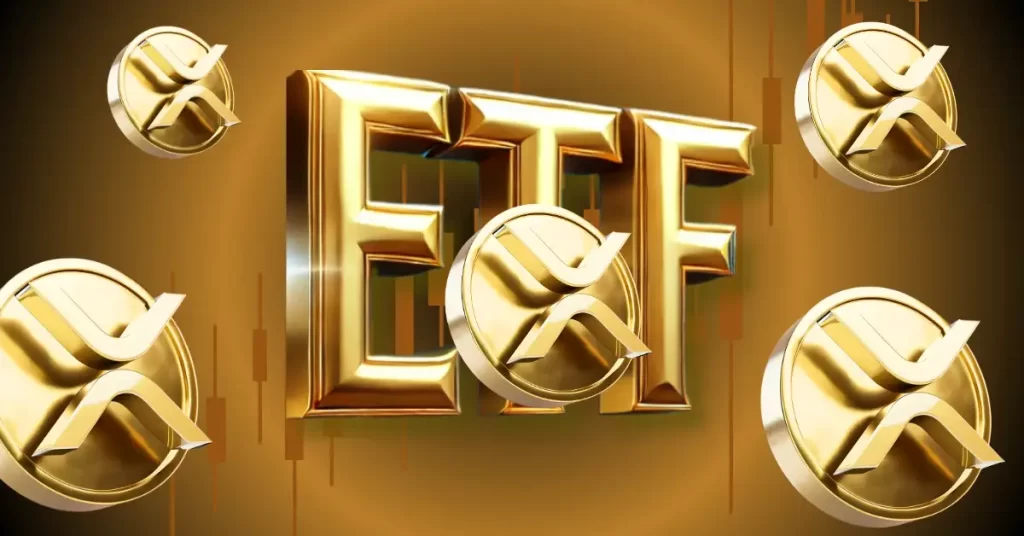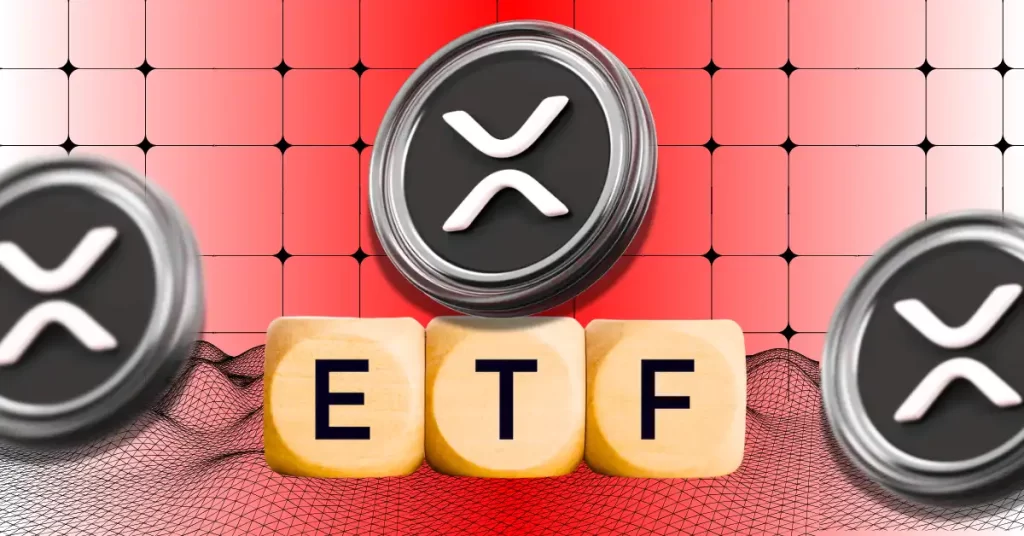ARTICLE AD BOX
Tap Protocol has completed a $4.2 million funding round led by Sora Ventures to enhance its role in the Bitcoin ecosystem. This investment, featuring contributions from numerous venture capital firms and angel investors, equips Trac Systems, the German company behind Tap Protocol, for significant growth.
The funding round attracted notable venture capital firms, including Cypher Capital, Rw3, Oak Grove Capital, Petrock Capital, Kosmos Ventures, New Tribe Capital, Cogitent Ventures, Compute Ventures, and MSA Novo. This financial support was further bolstered by angel investments from Animoca Brands and Quantstamp executives.
Jason Fang, Founder and Managing Partner at Sora Ventures, highlighted Tap Protocol’s vital role in the Bitcoin community, especially in fostering adoption. His optimism reflects a growing belief in Bitcoin’s transformative potential and its associated projects.
“Tap Protocol is one of the leading developer communities building on Bitcoin. With the support of the round, we are excited to see how the team can help scale the future of Bitcoin adoption”
Post-fundraising, Trac Systems is gearing up to expand its operations, focusing on hiring skilled developers to advance the Bitcoin Ordinals-based protocol. Tap Protocol has been a key player in the Bitcoin network, offering a range of functionalities, including the fractionalization of Ordinals art and enabling decentralized finance applications on Ordinals. The protocol’s design, accommodating various gaming applications and featuring token redemption and multisend capabilities, highlights its versatility.
 Sora Ventures leading the investment round for Tap Protocol
Sora Ventures leading the investment round for Tap ProtocolPseudonymous Benny the Dev, CEO of Trac Systems, conveyed his excitement about the fundraising success. He emphasized the company’s readiness to innovate within the Bitcoin platform, using Trac Core and TAP Protocol to explore new possibilities in tokenization, gamification, and decentralized finance.
TAP protocol and OrdFi
The TAP Protocol is designed to find and track Ordinals, facilitating OrdFi applications without complex Layer 2 chains. Introducing the TAP token standard, this protocol emphasizes simplicity and accessibility. Its key mechanism, “tapping,” streamlines transaction verification within the protocol. The TAP website states,
“Trac’s decentralized API enables developers to create new things for the Ordinals space. We already did the heavy index-lifting and track everything under the sun.”
Drawing from the foundational principles of BRC-20, a Bitcoin token standard, TAP sets itself apart through its decentralized nature, enabling continuous improvements and feature integrations led by its community. To facilitate future connectivity with BRC-20 tokens, TAP has reserved specific ticker lengths of 1, 2, and 4 characters.”
Building on the foundation of BRC-20, TAP distinguishes itself by its independence from centralized entities, allowing for ongoing community-led enhancements and feature integrations. TAP reserves specific ticker lengths (1, 2, and 4 characters) to enable future interconnectivity between BRC-20 and TAP tokens.
Externally, TAP mirrors BRC-20, reportedly ensuring easy integration with existing marketplaces and wallets. This allows TAP tokens to be traded similarly to BRC-20 tokens. Internally, TAP offers unique functionalities like token staking, swaps, and a mass-sending feature. The community, using $TRAC tokens, governs these capabilities.
Among its features, TAP includes Token-Send for efficient mass transfers, Token-Trade for simplified text-inscription-based trading, and Token-Auth for third-party issuance of signed redeem inscriptions, which TAP states are helpful in gamification and cross-chain marketplaces.
The TAP Protocol represents the ongoing advancement in Bitcoin Ordinals. It caters to external marketplaces and internal users and promises a versatile and community-driven future in Bitcoin-based token operations and emerging dApps.
Transparency Disclaimer: Sora Ventures is an investor in CryptoSlate.
The post Tap Protocol secures $4.2M for Bitcoin OrdFi innovation and expansion through Ordinals appeared first on CryptoSlate.
.png)
 1 year ago
15
1 year ago
15








 English (US)
English (US)